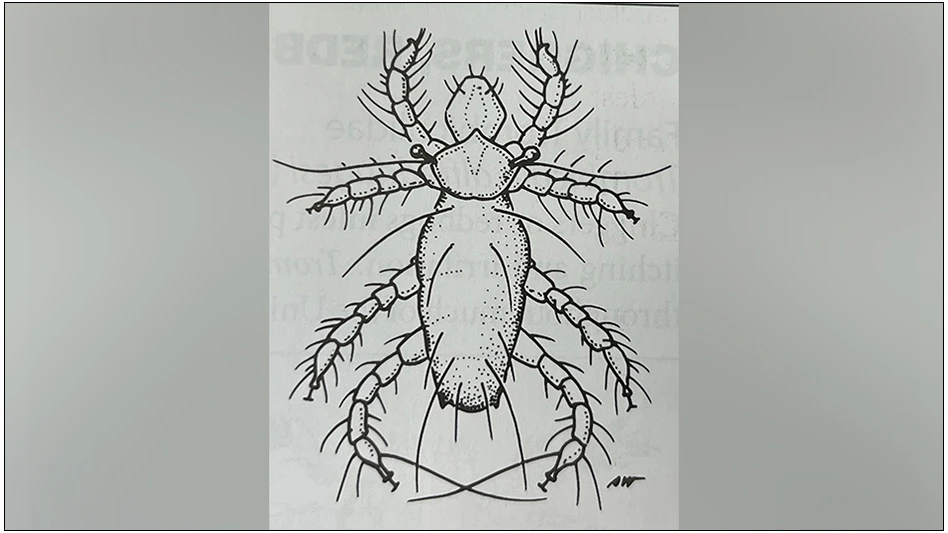Editor’s note: July PCT includes a feature on the brown marmorated stink bug, an invasive pest that has become particularly problematic in Mid-Atlantic states. The following is a review of the BMSB lifecycle.
Historically, we have seen one generation of BMSB per year in most areas of the United States. However, this insect was documented as completing two generations in 2010 due to higher than normal temperatures in the eastern United States. Adults typically leave overwintering structures in May and June in search of food and a mate. The females emerge with undeveloped ovaries and must feed prior to mating. Once mated, a single female can lay more than 250 milky-green eggs during her lifetime. Eggs are laid on the underside of leaves in small masses containing approximately 28 eggs each. The eggs hatch after three to four days in ideal conditions.
First instar larvae are reddish and black and stay with the egg mass until they molt into the second instar stage.
Nymphs undergo a total of five molts, increasing in size and getting darker in color until their final molt to the adult stage. Adult forms begin appearing in late July through early September, depending on when the egg mass was laid.
WANT MORE?
Enter your email to receive our newsletters.

Explore the July 2012 Issue
Check out more from this issue and find your next story to read.
Latest from Pest Control Technology
- FORSHAW Announces Julie Fogg as Core Account Manager in Georgia, Tennessee
- Envu Introduces Two New Innovations to its Pest Management Portfolio
- Gov. Brian Kemp Proclaimed April as Pest Control Month
- Los Angeles Ranks No. 1 on Terminix's Annual List of Top Mosquito Cities
- Kwik Kill Pest Control's Neerland on PWIPM Involvement, Second-Generation PCO
- NPMA Announces Unlimited Job Postings for Members
- Webinar: Employee Incentives — Going Beyond the Annual Raise
- Pest Control Companies Helping Neighbors in Need Eradicate Bed Bugs





